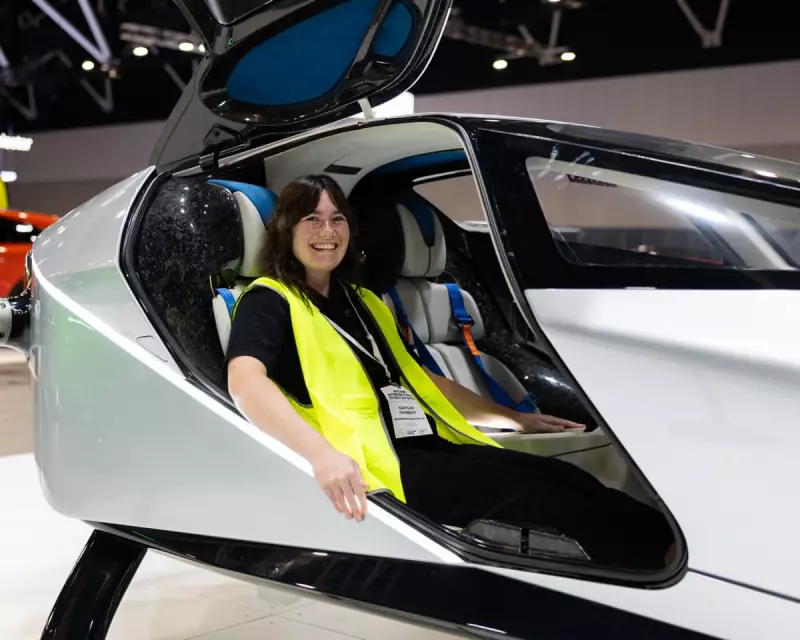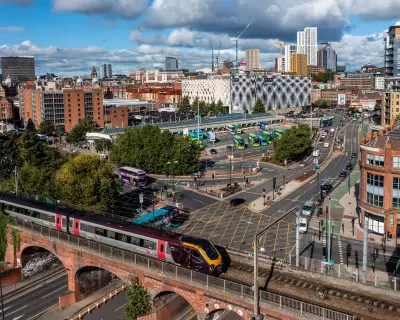
Imagine a world where your car doesn't just drive itself but takes to the skies, navigating urban landscapes with the ease of a drone while you sit back and enjoy the ride. This isn't science fiction—it's the next generation of electric vehicles currently being developed by automotive pioneers.
Taking Urban Mobility to New Heights
The latest prototypes in electric vehicle technology are pushing boundaries in ways that would make even the most ambitious sci-fi writers take notes. These vehicles combine ground-based electric driving with vertical take-off and landing capabilities, essentially functioning as personal flying machines for urban environments.
One of the most remarkable features is their autonomous parking system. Forget circling the block for a parking spot—these vehicles can drop you at your destination and then fly themselves to designated landing zones on rooftops or specialised parking structures, optimising urban space in revolutionary ways.
The Quirks of Tomorrow's Technology
However, even the most advanced technology has its growing pains. Early testers have noted that while the flying and autonomous functions work impressively well, some conventional elements remain challenging. The doors, in particular, have proven "a bit tricky" according to engineers, demonstrating that sometimes the simplest mechanical components can present the most stubborn problems.
This paradox highlights an important truth about technological advancement: breakthrough innovations often arrive before the perfect refinement of basic elements. The engineers are reportedly working on solutions that will make accessing these futuristic vehicles as seamless as operating them.
What This Means for City Dwellers
The implications for urban planning and daily commuting are profound:
- Reduced congestion: By utilising three-dimensional space, these vehicles could dramatically decrease ground-level traffic
- Faster commutes: Point-to-point aerial routes could cut travel times significantly
- Space efficiency: Rooftop parking frees up valuable urban real estate
- Environmental benefits: All-electric operation maintains zero emissions
Industry experts suggest that while widespread adoption is still several years away, the technology has progressed faster than many anticipated. Regulatory frameworks and safety systems are developing in parallel with the vehicles themselves.
The Human Experience
Early adopters describe the experience as "surreal but surprisingly intuitive." The transition from road to air happens seamlessly, with advanced stabilisation systems ensuring a smooth ride regardless of weather conditions. The interior designs focus on comfort and visibility, turning what could be a stressful experience into something approaching leisure.
As one developer noted, "We're not just building vehicles; we're reimagining how people move through and experience their cities."
While the technology continues to evolve, one thing is clear: the future of urban transport is looking up—literally.





